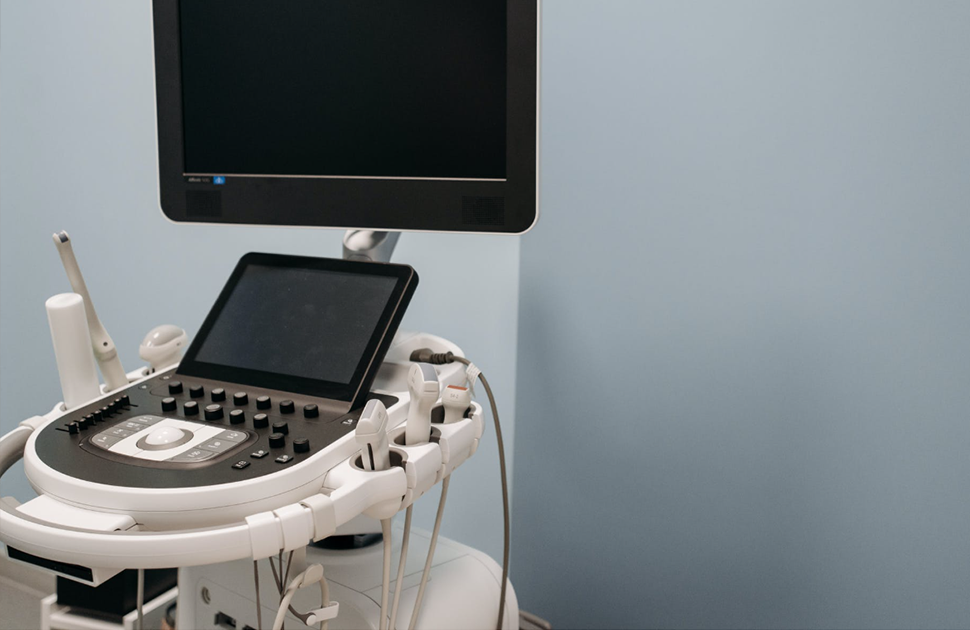
For best results make sure background graphics are enabled.
| Table of contents |
|
What will happen during the test? Preparing for an empty bladder renal ultrasound Preparing for a complete ultrasound Preparing for a full bladder renal ultrasound |
What is an ultrasound?
An ultrasound is a test that uses sound waves to give a ‘picture’ of body organs under the skin. Ultrasounds are painless. An average ultrasound takes 30-60 minutes, however, depending on the test ordered it may take up to two hours.
What will happen during the test
For this test, we will:
- place a warm lotion on your child’s skin
- move an ultrasound probe over the skin
Preparation instructions by test
Preparing for a complete ultrasound of the abdomen and pelvis
| Age (years) | Fasting | Amount to drink (cups) |
| Under 1 | 2 hours | |
| 1-2 | 2 hours | Encourage to drink |
| 3-4 | 3 hours | 1-2 cups |
| 5 | 4 hours | 2 cups |
| 6-10 | 4 hours | 3-4 cups |
| 11+ | 4 hours | 4-5 cups |
- Fasting: If your child is having an ultrasound of the abdomen, they should fast before the scan. This means they should have nothing to eat or drink except clear liquids, including but not limited to: water, apple juice, clear freezies or Gatorade. How long your child should fast depends on the age of your child.
If your child has diabetes or is taking medication, talk with your doctor who asked for the exam about how to prepare. -
Bladder filling: Your child will need a full bladder. An hour to 90 minutes before the time of your appointment, your child must drink clear liquids. The amount your child should drink depends on the age of your child.
 Preparing for an empty bladder renal ultrasound
Preparing for an empty bladder renal ultrasound
- Fasting: Not required for this exam.
- Bladder filling: There is no need to fill the bladder prior to the ultrasound.
![]()
Preparing for a full bladder renal ultrasound
- Fasting: Not required for this exam.
- Bladder filling: Your child will need a full bladder. An hour to 90 minutes before the time of your appointment, your child must drink clear liquids, including but not limited to: water, apple juice, clear freezies or Gatorade. The amount your child should drink depends on the age of your child:
Age (years) Amount to drink (cups) 1-2 Encourage to drink 3-5 1-2 cups 6-10 3-4 cups 11+ 4-5 cups
How can I help my child during the test?
You can stay with your child. Bring along a comfort item to help your child feel better, or drinks and snack for after the exam. Bring a bottle of milk for bottle-fed babies to use during the exam if needed. Our scan rooms are small, so please leave siblings at home.
Your appointment
Please arrive ten minutes early for your appointment in CHEO's Medical Imaging department on the main floor. Questions? Call CHEO Ultrasound at 613- 737-7600 ext. 2642
Appointment date and time:
Please arrive ten minutes early for your appointment in CHEO's Medical Imaging department on the main floor. Questions? Call CHEO Ultrasound at 613- 737-7600 ext. 2642




